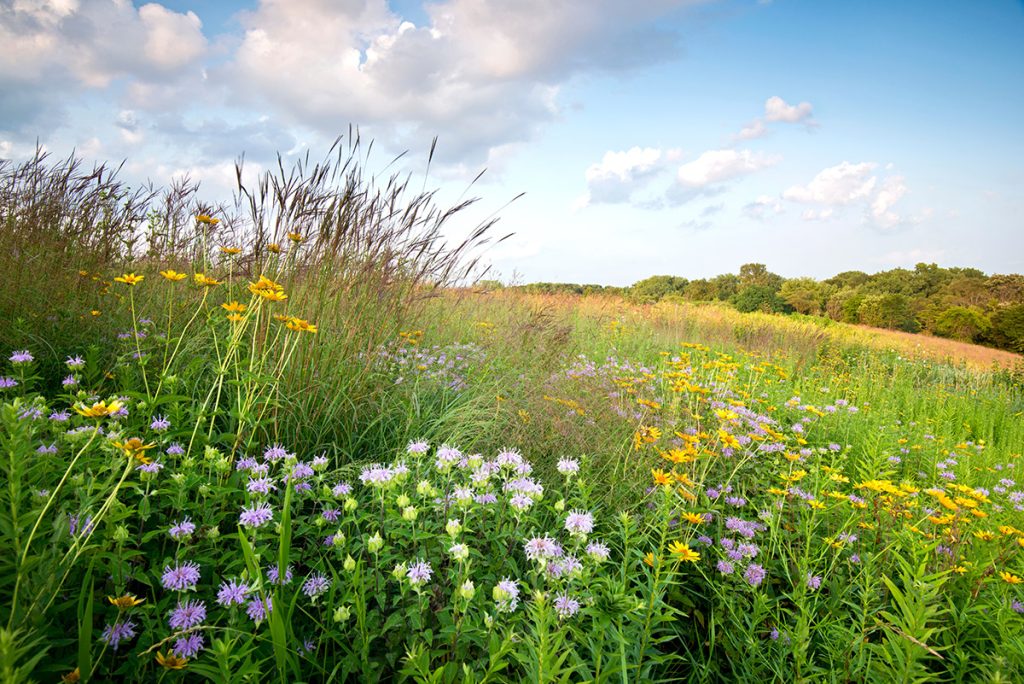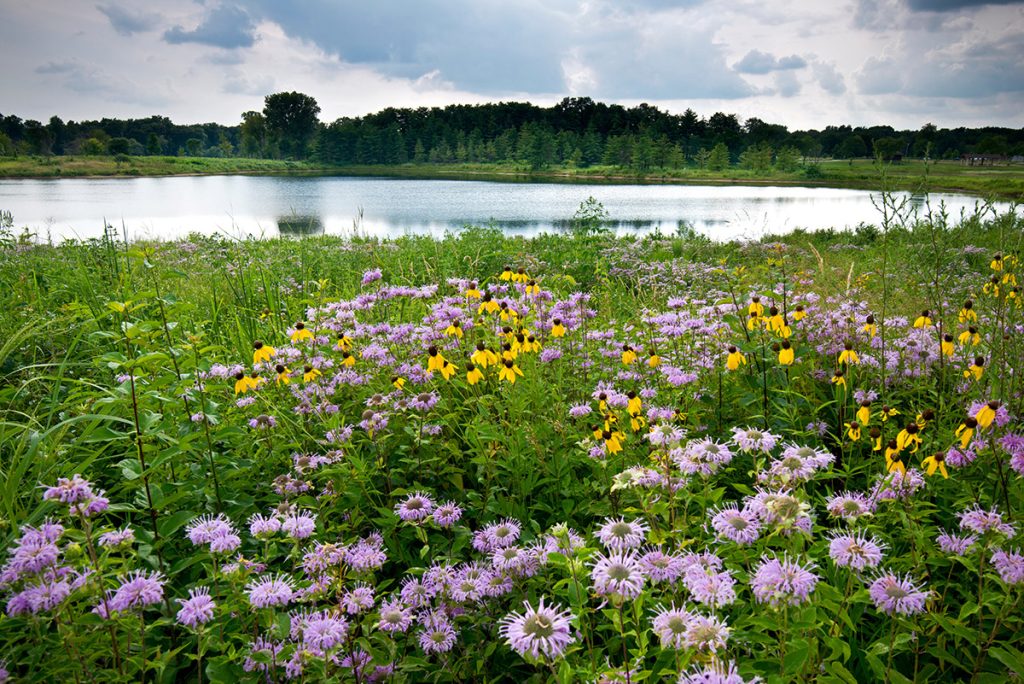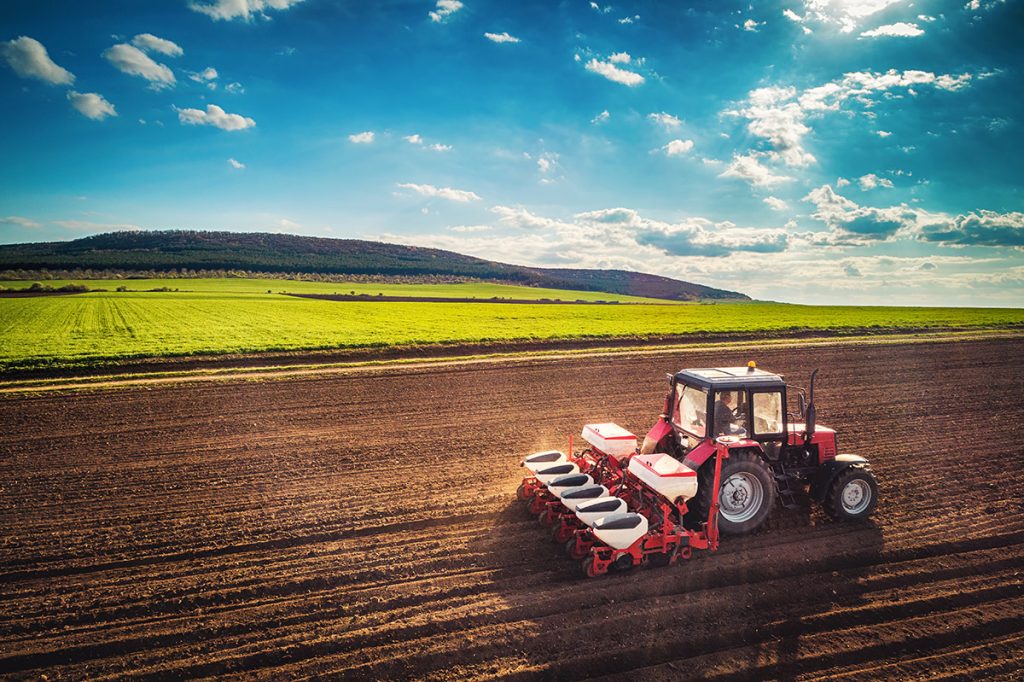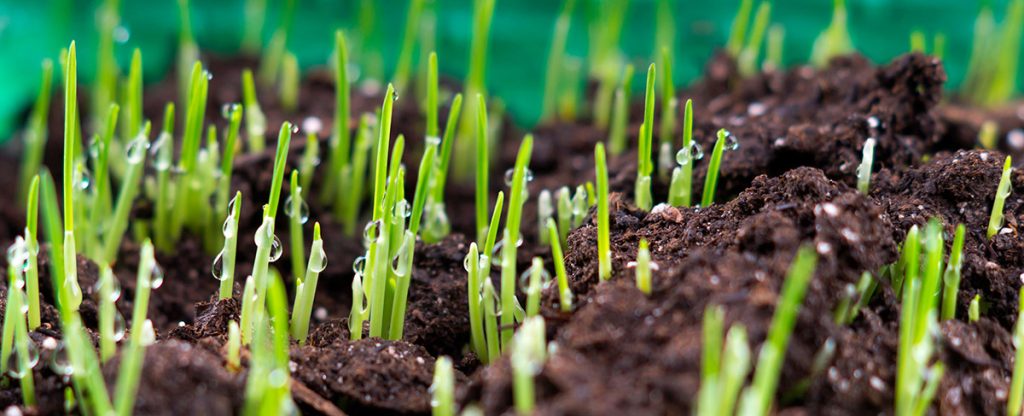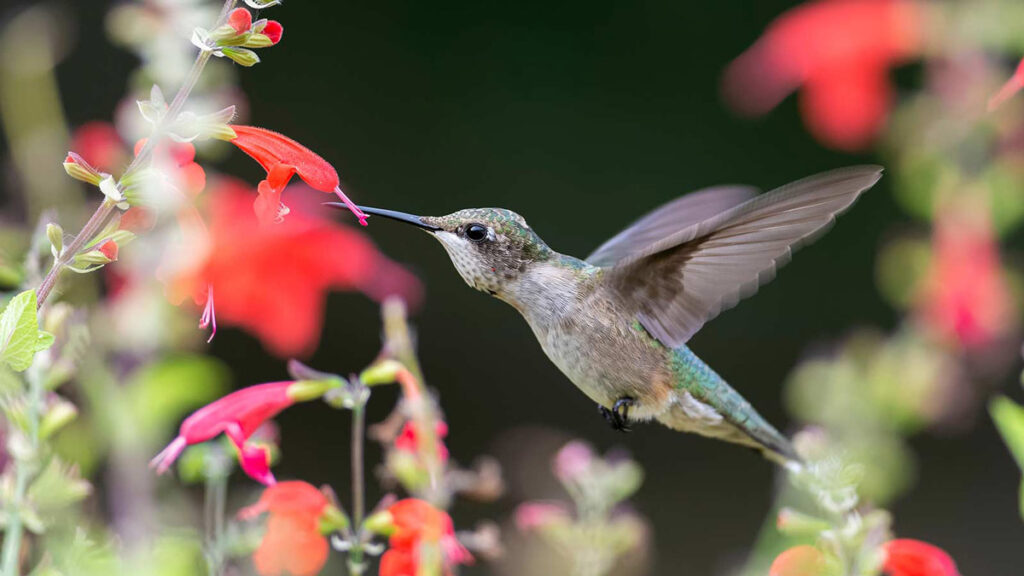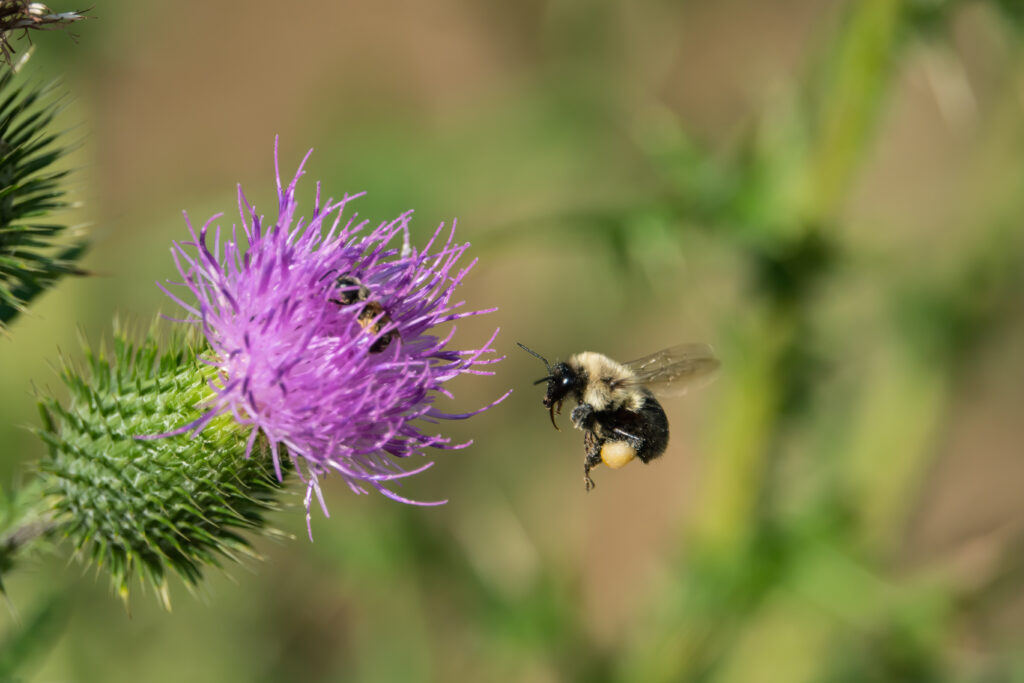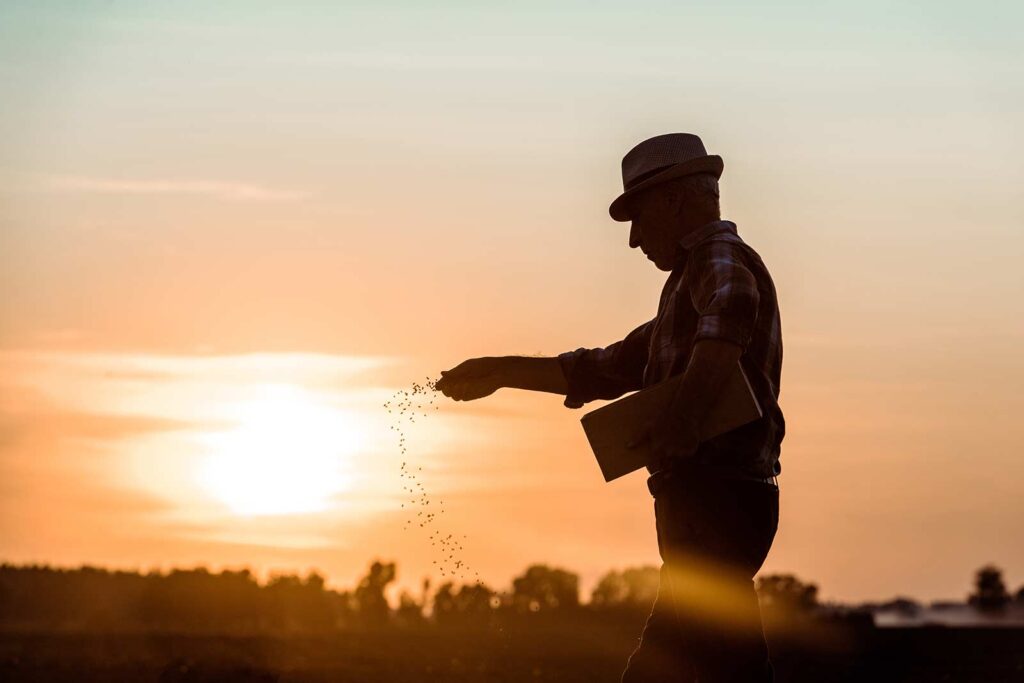6 Tips for Choosing the Right CRP Seed Mix for Your Project
We’ve compiled a list of 6 ways to ensure you’re purchasing the right CRP seed mix for your land. By selecting a seed mix that aligns with these principles, you can establish a healthy, successful stand.
6 Tips for Choosing the Right CRP Seed Mix for Your Project Read More »

